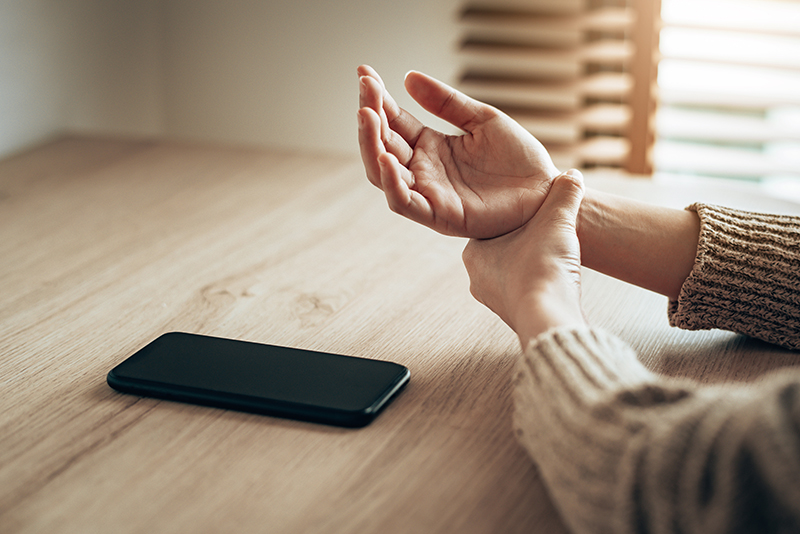Do you feel sore at the end of the day? It may be your standing or sitting posture that is causing the pain. A young child’s posture is an excellent illustration since their motions are fluid and effortless, and their back exhibits a lovely “S” curve.
Maintaining good alignment will reduce this pain. An ideal alignment supports the spine’s natural curve and looks like:
- Feet firmly on the floor – you may need to use a box or support
- Knees at 90 degree angles
- Hips at 90 degree angles
- Seat large enough to support the upper leg but not push into the back of the knee
- Low back supported to maintain its natural curve
- Upper back supported – chair should be inclined about 5º
By sitting with an ideal alignment or “neutral posture”, it will:
- Reduce muscular work
- Decrease stress on vertebral joints
- Maintain proper flexibility of muscles, joints and soft tissues
- Optimize respiration
- Achieve balance
Muscles and Posture: How Does Poor Posture Create Pain?
Some of the effects of having poor posture include undue stress and strain on your bones, ligaments, joints, muscle fatigue and tension. Some muscles may also become too short or long. These changes will cause muscles to become tight and weak.
What Muscles Become Tight and Short?
The chest, back of the neck, hamstrings, hip flexors, and the lower back.
What Muscles Become Lengthened and Weak?
The abdominals, upper back, hip (gluteus), the front of the neck, and hamstrings.







